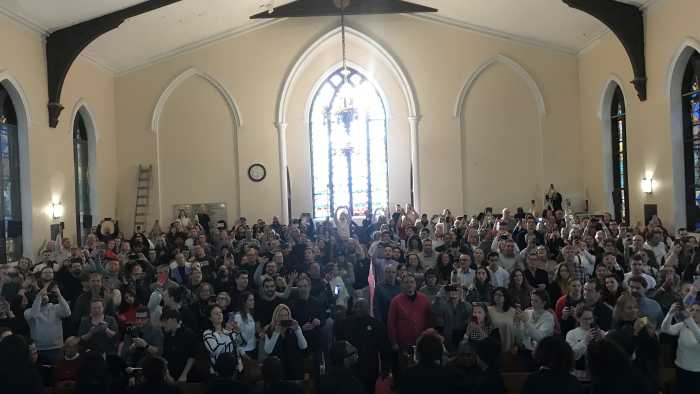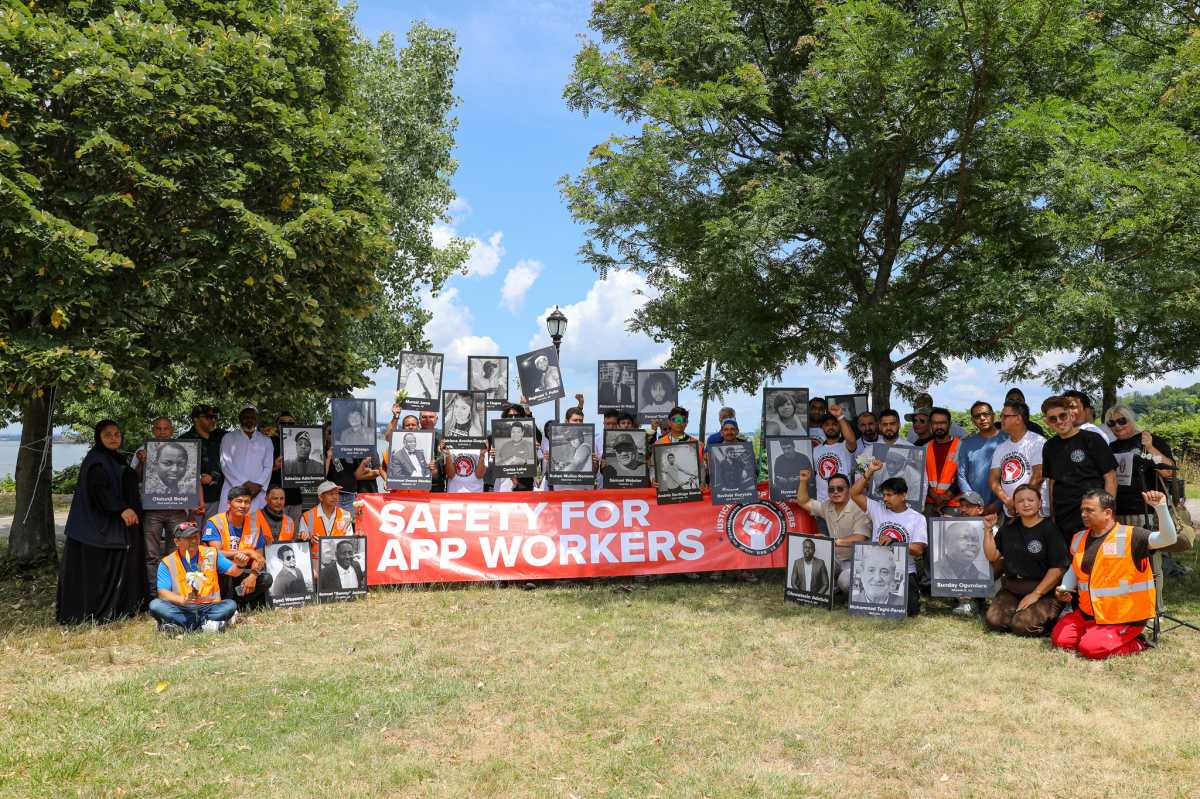Relying on a judge or an arbiter to resolve the World Trade Center impasse is a worst-case scenario. It would likely mean more delays and may not lead to a real resolution at all. The physical and financial components of the W.T.C. are so complicated that each side would undoubtedly continue to argue about who was fulfilling the terms of such a judicial decision.
An amicable, fair compromise is the only way out of this mess. The Port Authority of New York and New Jersey, which owns the site, started the negotiations with a reasonable position, but that reason is running into the real world complications of rebuilding the W.T.C., and needs to be readjusted. The Port’s refusal to take on risk to finance a speculative office in order to help a private developer is justifiable. But the problem is there does not appear to be a feasible Plan B other than to look at holes in the ground for a few more decades, build a memorial to the thousands of 9/11 victims adjacent to a construction disaster area, and maintain indefinitely the open wound that we Lower Manhattan residents and workers have lived with for the last eight years.
Since the construction of Tower 2 can’t happen without the Port’s assistance, W.T.C. developer Larry Silverstein has to put up more money on the front end and has to be willing to transfer a significant amount of the upside to the agency at the back end. It’s clear that Silverstein has upped his offer some, but since many of the negotiation details have stayed behind closed doors, it is impossible to know how far he has gone.
Silverstein has already recouped most of his investment in the W.T.C. so he has many millions to gain and little to lose when his Towers 2, 3 and 4 are built. The Port has already agreed to help him build 4, and both sides have agreed to put off 3. The Port should get large ownership stakes or the equivalent in Towers 2, 4 and possibly 3 if it takes on the debt obligations needed to keep construction going at the W.T.C.
The public authority, which often seems more powerful than the governors it reports to, should use this additional revenue on things connected to its core mission, such as transportation improvements Downtown, but it should also support an important project it has helped delay, the W.T.C. Performing Arts Center.
The Port’s temporary retail podium idea for two of the tower sites does not seem feasible. There are not good answers to the tough questions. How do you get an investment of hundreds of millions, if not billions of dollars on supposedly interim structures, and attract desirable tenants? Can you redesign the plan for the podiums without setting the other projects like the train station and the memorial back years? Would the podiums become obstacles to building towers even when the economy rebounds?
Mayor Bloomberg, who sided with the Port three years ago in the last big dispute with Silverstein, is nevertheless completely skeptical of the podium idea and so is virtually everyone else, save for the Port and its associates.
The mayor and Assembly Speaker Sheldon Silver deserve enormous credit for fighting for a fair compromise. The Port should give up on the podiums and make a new counter-offer to get Tower 2 and the site built. And Silverstein needs to absorb more of the risk of this deal, and reward the Port for the risks it runs in guaranteeing the financing.
No one wants to see the terrorists’ destruction linger for generations.































